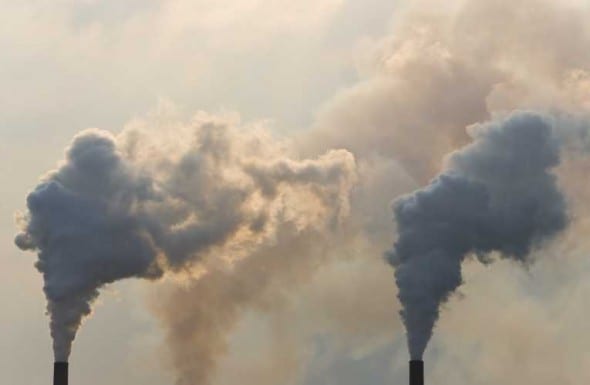
Energy combustion emissions covered by CEDEX, accounting for 83% of Australia’s total energy combustion emissions (and 58% of Australia’s total emissions), just keep going up.
According to the most recent National Greenhouse Gas Inventory, released in early May, total Australian energy combustion emissions in 2013‐14 were at their lowest level since 2005‐06.
The emissions reported by CEDEX were also at a minimum in 2013‐14. In the 21 months between June 2014 and March 2016, however, energy emissions have gone up by 12.8 Mt CO2‐e, equivalent to 4.4% (and 2.4% of total national emissions in 2013‐14).
Emissions from electricity generation have gone up by 5.6%, emissions from consumption of petroleum products have gone up by 1.8%, and emissions from gas consumption have gone up by 13%, though they remain relatively small.

In 2013‐14 energy combustion emissions accounted for 70% of Australia’s total greenhouse gas emissions. The shares of energy combustion emissions are similar in most other developed countries and many developing countries.
It is for this reason that the global community has agreed that major reductions to greenhouse gas emissions require, above all, decarbonisation of energy supply. Far from beginning to decarbonise though, Australia has been re‐carbonising its energy system.
In some ways the most striking feature of Figure 1 is the timing of the shift from decarbonising to re‐carbonising. Electricity generation emissions stopped falling and started to increase immediately after the removal of the price on carbon, in July 2014. The primary reason for the abrupt shift was a supply side change in the mix of electricity generation, away from hydro and back to brown and black coal, as removal of the carbon price changed the relative costs of coal, gas and hydro generation.
In the case of petroleum, where consumption was in gentle decline, July 2014 coincided almost precisely with the beginning of the fall in crude oil prices, from levels around US$100 per barrel to around US$50 per barrel by the end of the year. Consumption of natural gas for uses other than electricity generation, after falling for several years up to the end of 2014, has also been increasing since then, notwithstanding rising wholesale prices in all markets over the same period.
Clearly, there is a wide variety of factors affecting the increasing consumption of and emissions from coal, petroleum and natural gas. But one common factor, affecting all fuels to at least some extent, was the removal of the carbon price and the political messages which surrounded that event. Messages included the dismissal of concerns about climate change and the related need to swing electricity generation from a reliance on fossil fuel across to renewable forms of energy. Some messaging went as far as advocating increased energy consumption.
One apparent consequence of this political and public policy environment is that many energy consumers appear to have lost interest in taking further steps to use energy more efficiently. The impact of political leadership is not confined to policy decisions on carbon prices or renewable energy targets – it has an effect on energy consumption behaviour that should not be underestimated.

The Electricity Update for May 2016 shows that the effect of decisions and messaging from the 2013/14 period may have run their course with the rise in electricity emissions stalling. There is certainly now an opportunity for political leaders, of all persuasions, to reframe a policy and advocacy position that fully aligns with the stated intent of the recent Paris agreement.
Hugh Saddler is an energy analyst with Pitt&Sherry. His CEDEX Electricity Update is produced monthly.










